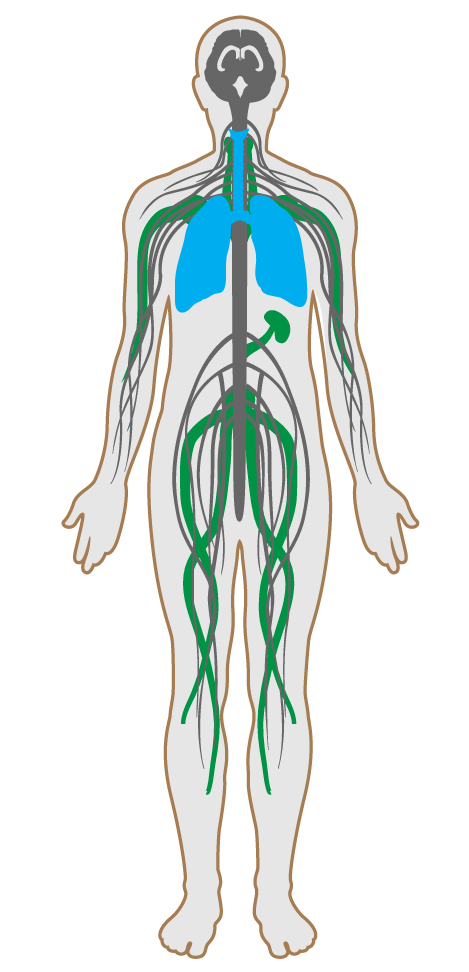Radiant thermal comfort
- 72 ADA accessible design standards
- 73 Ergonomics: visual and physical
- 74 Exterior noise intrusion
- 75 Internally generated noise
- 76 Thermal comfort
- 77 Olfactory comfort
- 78 Reverberation time
- 79 Sound masking
- 80 Sound reducing surfaces
- 81 Sound barriers
- 82 Individual thermal control
- 83 Radiant thermal comfort
- P4 Impact reducing flooring
83. Radiant thermal comfort
New technology surrounding radiant temperature systems has led to recent advances making the systems more energy efficient. Additional benefits include saved floor space, lower dust transportation and increased thermal comfort through the separation of temperature controls and fresh air supply systems. In addition, with the use of radiant heating, the mean radiant temperature in a space can be kept lower compared to convective heating, providing the benefit of a slightly higher relative humidity in winter time.
This feature enhances thermal comfort through the use of radiant heating and cooling elements, independent of ventilation systems.
All lobbies and other common spaces meet the requirements set forth in ASHRAE Standard 55-2013 for thermal comfort through the use of one of the following systems:
At least 50% of the floor area in all offices and other regularly occupied spaces meets the requirements set forth in ASHRAE Standard 55-2013 for thermal comfort through the use of one of the following systems:

Applicability Matrix
| Core & Shell | New & Existing Buildings | New & Existing Interiors | |
|---|---|---|---|
| Part 1: Lobbies and Other Common Public Spaces | O | O | - |
| Part 2: Offices and Other Regularly Occupied Spaces | - | O | O |
| Commercial Kitchen | Education | Multifamily Residential | Restaurant | Retail | |
|---|---|---|---|---|---|
| Part 1: Lobbies and Other Common Public Spaces | - | O | O | O | - |
| Part 2: Offices and Other Regularly Occupied Spaces | - | O | - | O | - |
Verification Methods Matrix
| Letters of Assurance | Annotated Documents | On-Site Checks | |
|---|---|---|---|
| Part 1: Lobbies and Other Common Public Spaces | MEP | ||
| Part 2: Offices and Other Regularly Occupied Spaces | MEP |
| 83.1.a |
The Department of Energy identifies radiant heating systems as more effiicient and less likely to distribute allergens than forced-air systems. |
| 83.1.b |
The Department of Energy identifies radiant heating systems as more effiicient and less likely to distribute allergens than forced-air systems. |
| 83.2.a |
The Department of Energy recommends radiant heating systems over forced-air systems as they are usually more efficient and do not distribute allergens. |
| 83.2.b |
The Department of Energy identifies radiant heating systems as more effiicient and less likely to distribute allergens than forced-air systems. |
